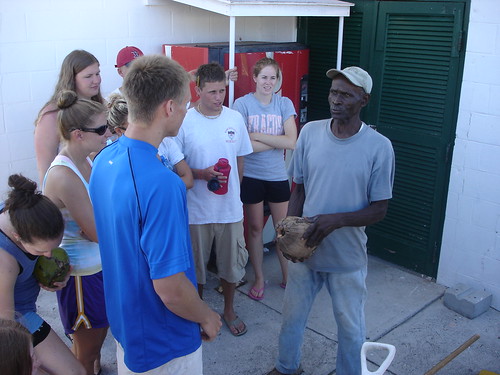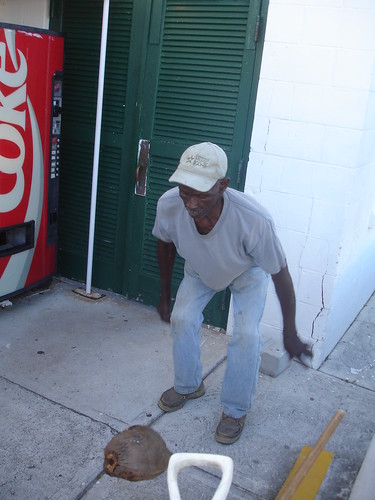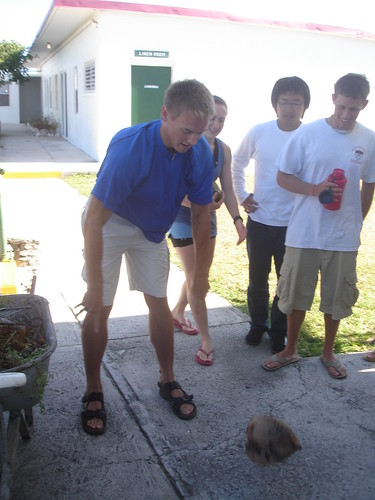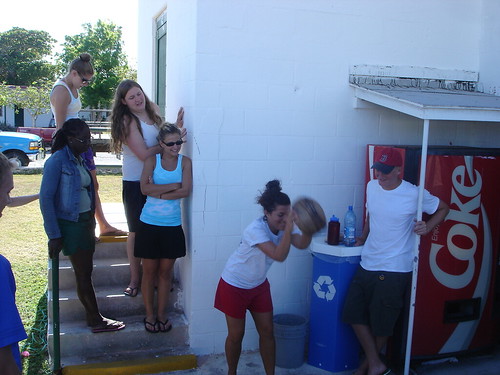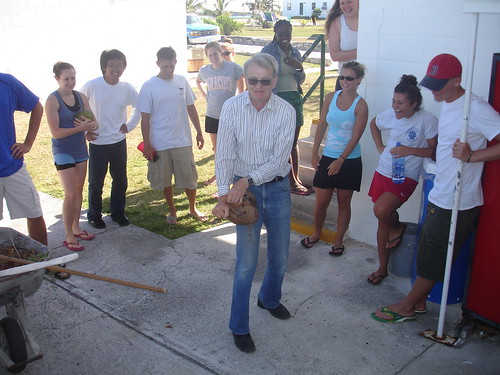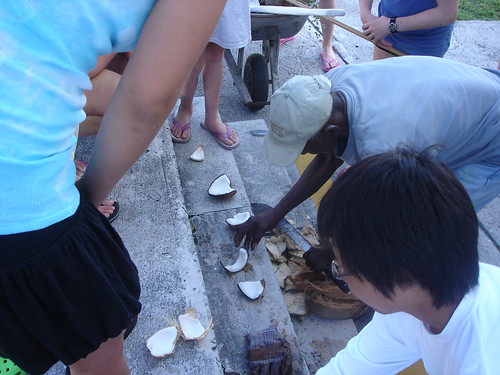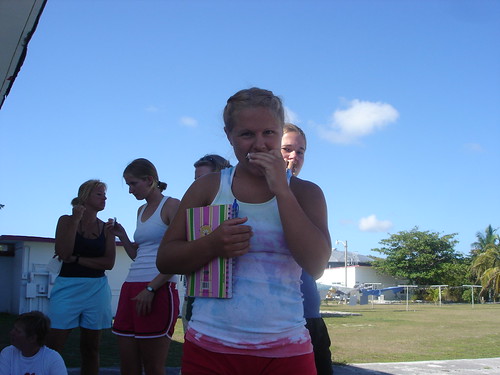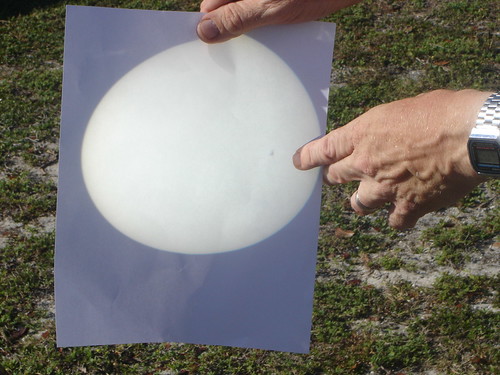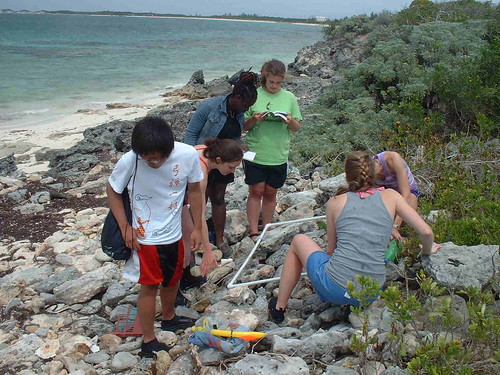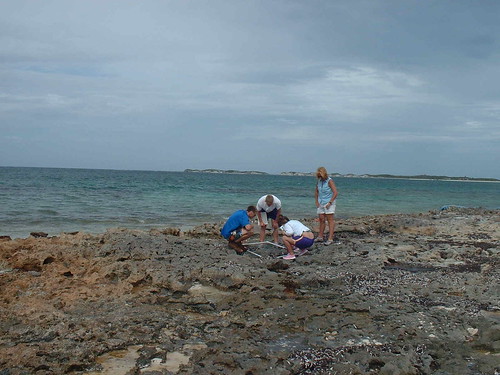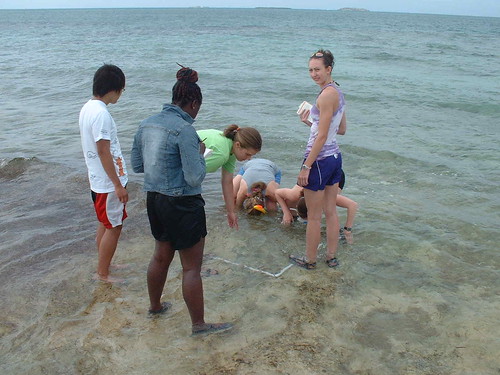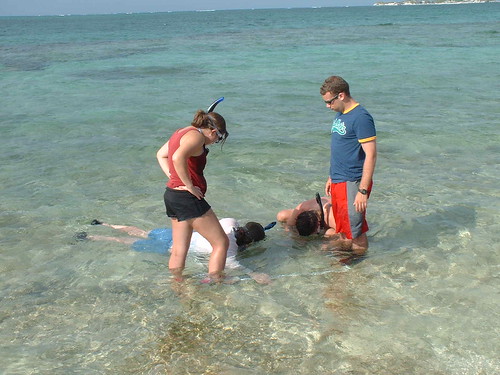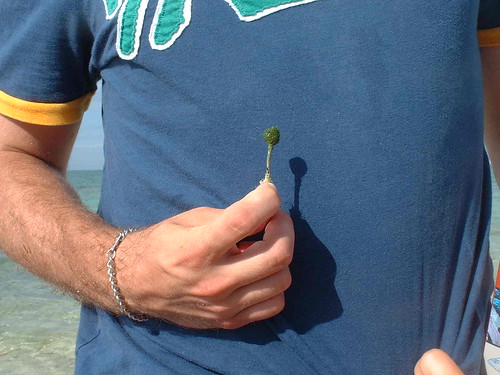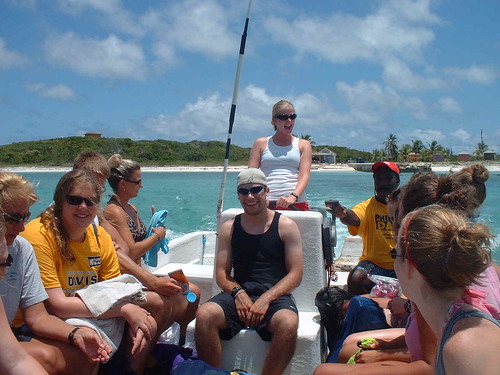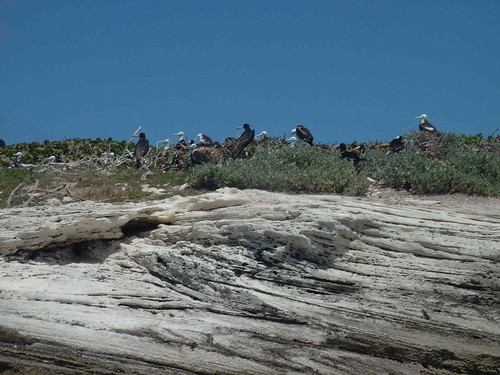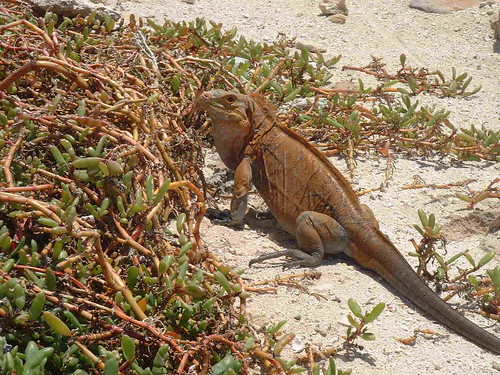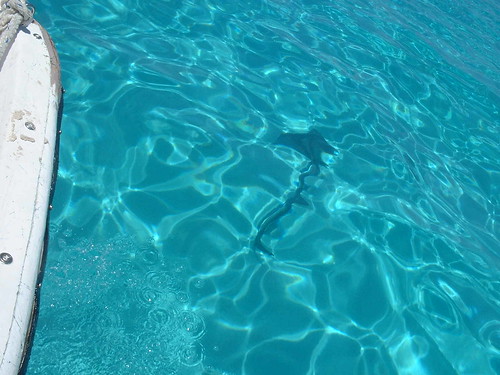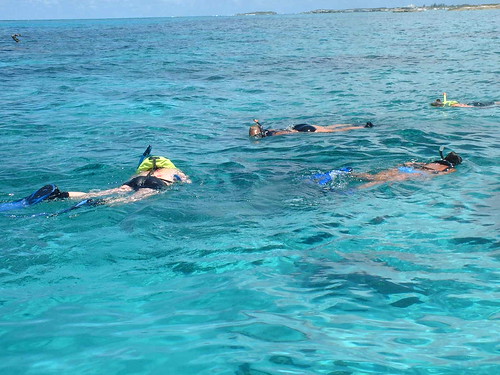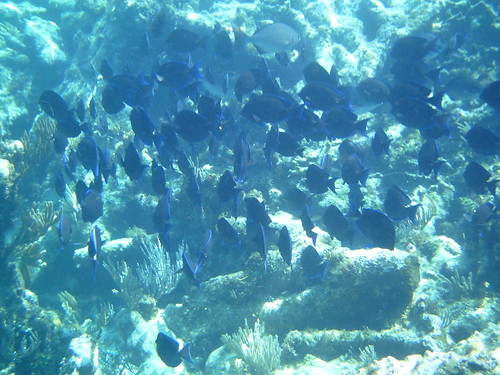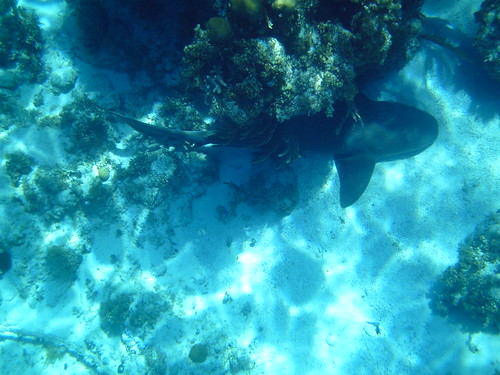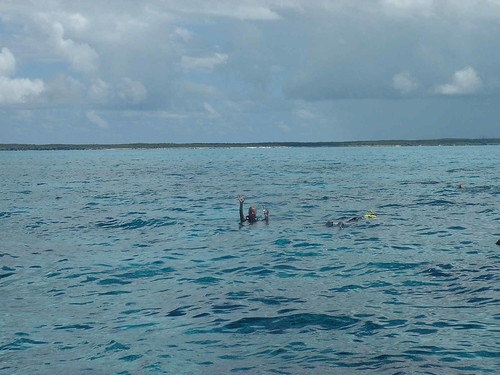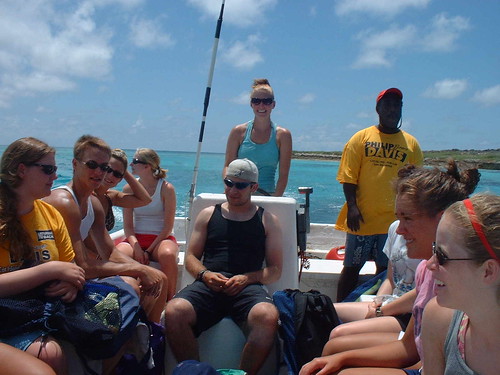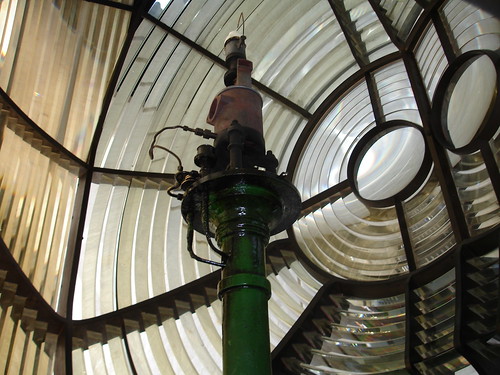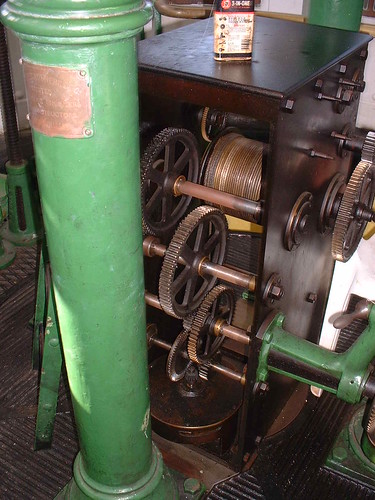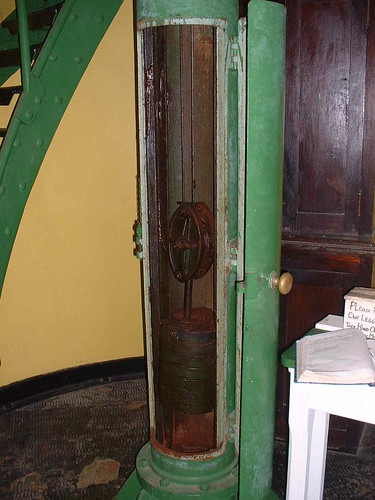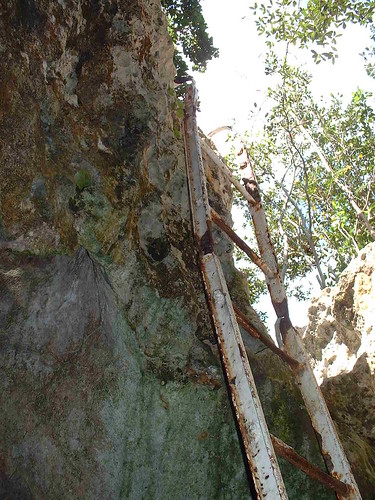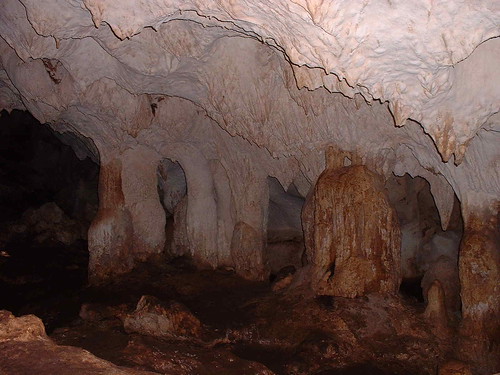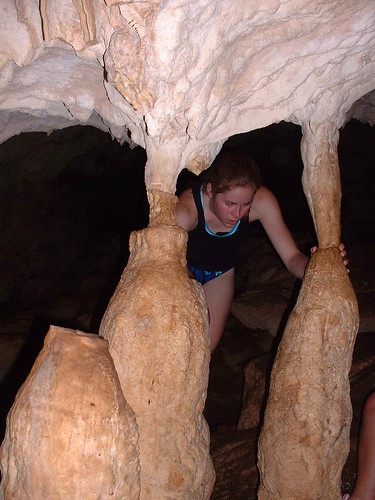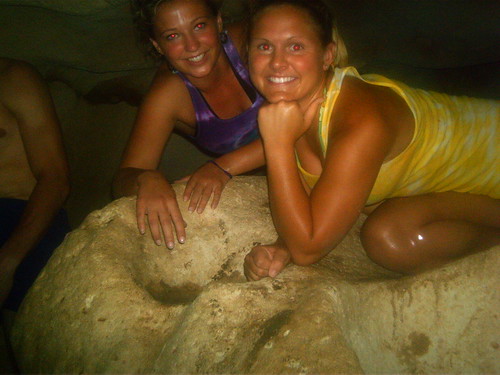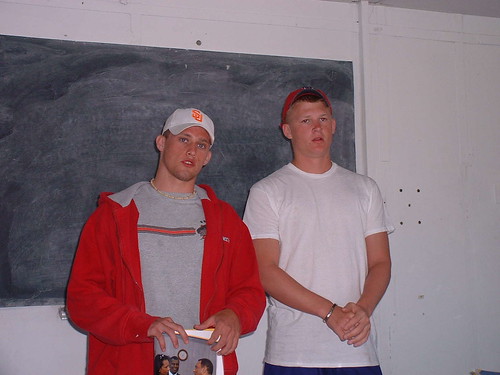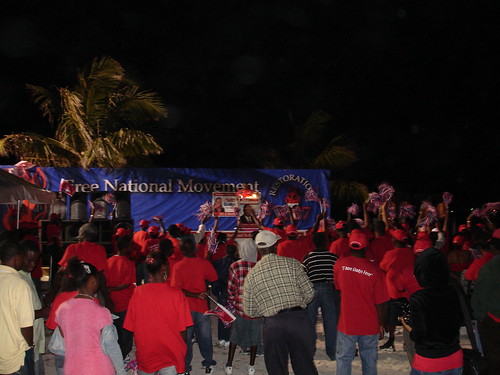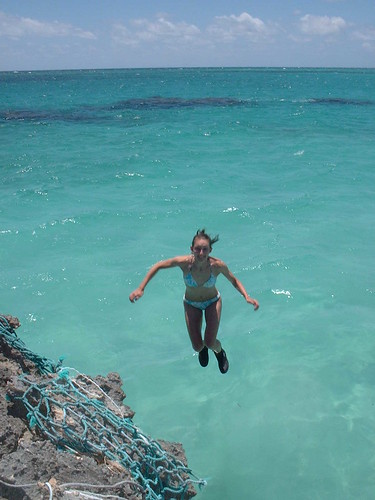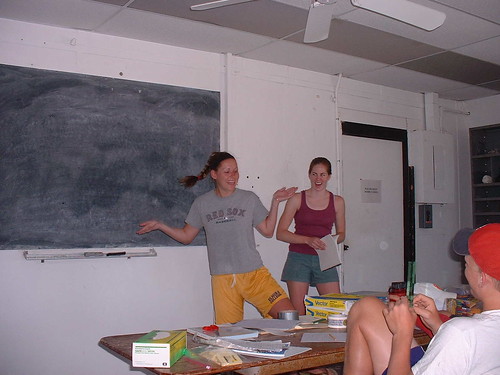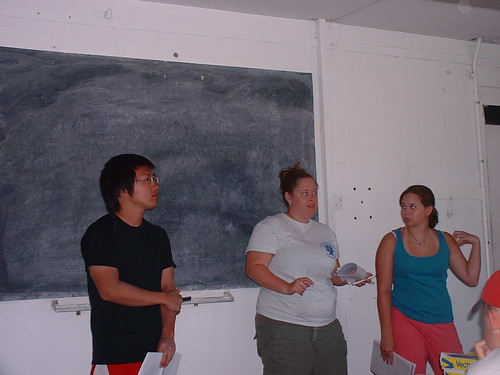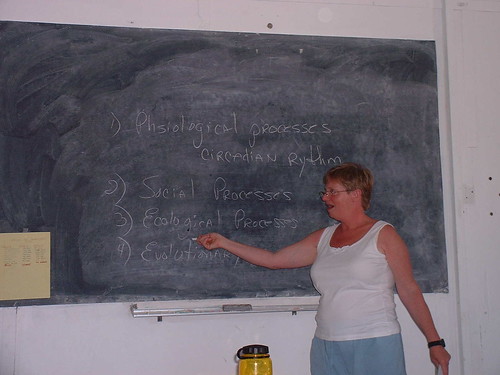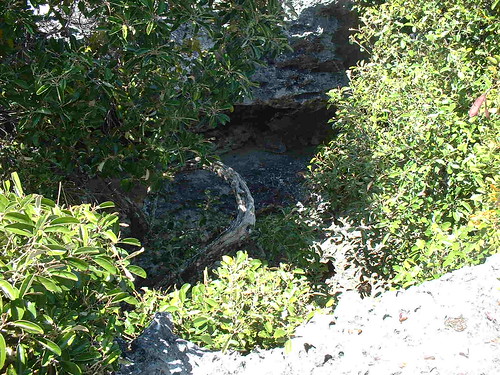We had learned in class from Lisa that the coconut is a member of the Palm family. The Palm family are monocots which includes grasses and grains.
Coconuts are seeds which can float great distances on the ocean and then spout on a different island or continent.
Friday, May 11, 2007
Demonstration of how to open a Coconut
Mr Frobes winds up to crack open the outer shell of the coconut.
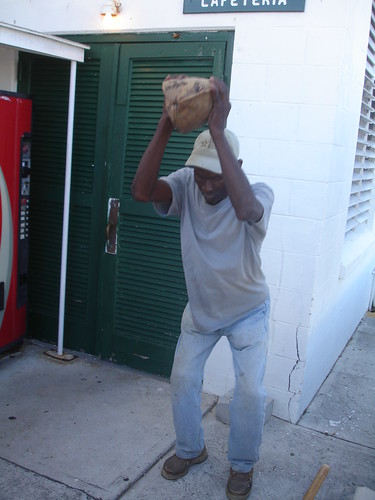
Mr Frobes winds up to crack open the outer shell of the coconut., originally uploaded by powersdale.
One method to remove the outer covering is to through the coconut sharply onto the sidewalk.
The outer covering of the coconut is cracked open.
After the outer covering of the coconut was cracked open, it is time to revome it.
Ripping the cover off the coconut.
This partcular coconut was nicely dried out -- which resulted in the covering being hard to remove.
Eyes of the Coconut
One of the eyes of the coconut (the primary one) is the attachment to the coconut tree that nurished the coconut as it grew. The coconut is a not really a nut: It is an ovary.
Tasting Coconut Milk for the first time.
With 2 of the 3 eyes of the coconut opened, the juice can be sucked out. This juice is often referred as the milk of the coconut. This was drank by Tom Hanks in the movie "Castaway".
Wednesday, May 9, 2007
Looking at the Sun with the Telescope
You should never look directly at the sun using a telescope. One technique is to project the image of the sun on a piece of paper. It is important not to have anyone on the side of the telescope from which the concentrated light exits the telescope
Sunspot on the Sun
By projecting the light from the telescope on a piece of paper, an image of the sun appears on the paper. I am pointing to a sun spot.
Because the Sun rotates around its axis in 26 days, these sun spots move across the face of the sun. Sun spots are storms on the sun. They start out small, grow in size, and then dissipate similar to storms on the earth. Sometimes the sun spot can disappear from view, rotate around the back side of the sun and then come back into view before it dissipates.
Setting a Zonation Measurement
The purpose of this excersize is to show how there are different zones on the beach. In each of these zones, different species exist. Someone trained in this field can identify these various zones by their color and other characteristics.
A 1 meter X 1 meter grid is used
This grid is placed over each meter that was to be surveyed. The different species were identified and the number of individuals of each specie counted.
Adam Fulfilled his Quest for a Shrubbery ! ! !
An interesting plant found in the water in the survey.
Captain Hilary Pilots the Boat.
On the 28th and 29th, we took 1/2 on each day on a cruse across Grahams Harbour. This is a huge harbor -- trianglar shape, having 3.6 miles height (N/S) and 4.2 mile base (E/W). . . . . . . .
Note "Co-"Captian Egbert adjusting the speed of the boat and recommending to Hilary the route to take.
Various birds on Catto Cay
We sailed (or motored) out to 2 Cays. This is the name for a small piece of land that is smaller than that which is defined as an island. It is pronounced Key (like Florida Keys). . . . . . .
. . .
This Cay has a large number of birds include many Boobies. . . . .
. . .
People are not allowed on this Cay to provide a save haven for the nesting birds.
Lana the Iguana
A rare species of Iguana lives on Green Cay, which is a little more than 3 miles from the dock we started.
Iguana looking for a handout.
Other visitors to the Cay must have feed the Iguana because just holding my hand out attracted the Iguana. Just after this picture was taken, the Iguana jumped touched my hand.
Shark ! !
While in the boat out to the Cays on the other side of Grahams Harbour, we saw 2 sharks. The ripples on the surface of the water distorts the image of the shark.
Leave Sleeping Sharks Lie
This shark moved some when students swam near it -- but it was looking for cover.
Tuesday, May 8, 2007
All Safe in the Bahamas
Sunday, April 29, 2007
Series of Posts for April 25 - April 29.
Dixon Hill Lighthouse on San Salvador
This is a remaining lighthouse on San Salvador. This has provided navigation aid for ships for 120 years. For over 500 years, the reefs of the Bahamas have caused problems for sailors. Many ship wrecks have occurred. For over a hundred years, a major source of income for the inhabitants was salvaging cargo from ship wrecks. This was very important to the early economy. Keeping lighthouses in good repair was counter productive to the local economy.
A closeup of the kerosene light and lens
The light of lighthouse is shown here. It is burner for kerosene. This produces a strong light which is then directed in a beam by the lens that you see in the background.
The mechanism which turns the lens
This is the mechanism which turns the lens for the lighthouse. The next photo explains the energy source.
Weight system
This is equivalent to the weights which provide the energy for grandfather clocks. This weight is raised by a hand crank to near the top of the light house. The force of the weight causes the mechanism to turm rotates the lens of the lighthouse. Over a period of hours, the potential energy of the weight is used to turn the lens.
Entrance to Lighthouse Cave
The island of San Salvador (like all of the Bahamas) is made up of calcium carbonate from coral reefs. The calcium carbonate is slowly dissolved by rain water, resulting in many caves on the island.
Ladder needs replacement
I believe we need to buy a ladder of the appropriate length, paint it purple, and send into to San Salvador for a replacement.
Group making their way though the cave in fairly deep water.
Making ones way through a cave passage over half filled with water can be unnerving -- but what till you see creatures you might see in the cave.
Student talk about politics in the Bahamas
The Bahaman political system was discussed in detail. They have a parliamentary form of government made up of 2 houses. Parliamentary elections are currently occurring in which all members are currently running for a 5 year term.
A rally of the FNM party
This political rally by the FNM party was held about a half mile from the Gerace Research Center. It was attended by several of our students.
Jumping Off "The Thumb"
"The Thumb" is a projection of land into the Ocean. The ocean has undercut the calcium carbonate rock and this provides a "jumping-board" like projection about 15 feet above the water. Getting a good photo with a digital camera which has a slight delayed action takes some skill. Here are 3 fairly good pictures:
Religion on San Salvador
A student talk which included a demonstration of a animated hymn sung at a church service.
Entrance to Owl's Hole
Owl's hole is a natural formation near the southern end of San Salvador Island. It was so named because an Owl used to inhabit it.
